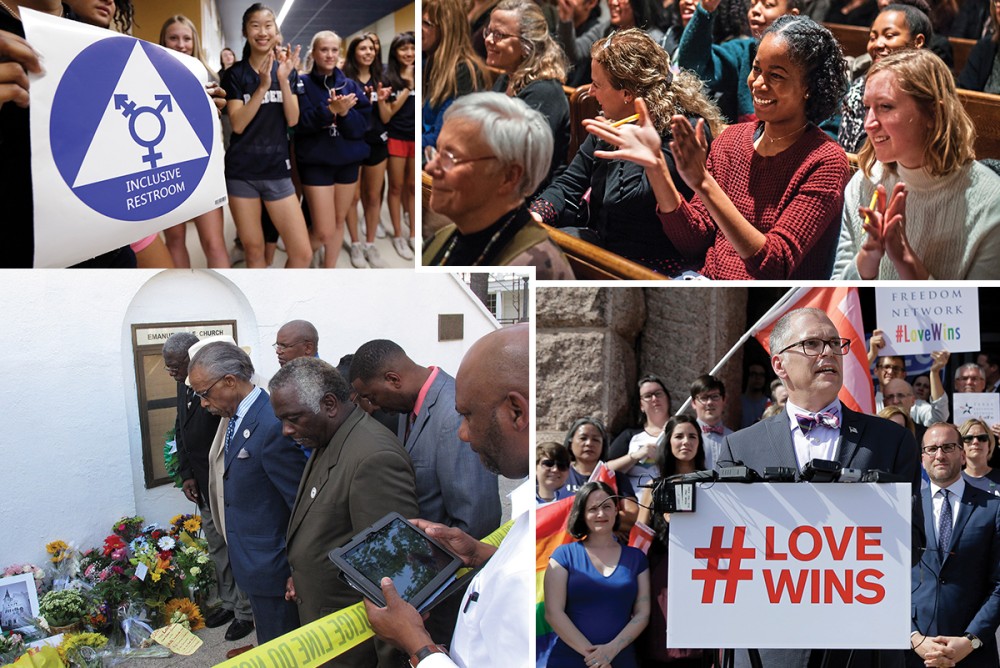Major stories in American Christianity of the 2010s
How faith has been shaped by Obergefell, the Charleston murders, Me Too, and more

Decades provide a useful structure for organizing and understanding history, even though they are arbitrary demarcations. Nobody pretends that major historical trends fit neatly within such limits, yet terms like “the twenties,” “the sixties,” or “the eighties” do conjure particular images and memories, and they have prompted useful chronicles.
Whatever we want to call the decade just completed (the twenty-teens?), it has encompassed some major developments in religion. To understand how significant these are, we might imagine ourselves in 2010, standing at the brink of the decade and unaware of the dramatic—and in some cases almost unthinkable—events about to unfold.
What will future historians of religion highlight when they write the history of the 2010s? What tremors reshaped the landscape of faith? Below is my list of the key developments of the era. In each instance, I identify a year of particular importance, though each phenomenon spanned several years. My focus here is primarily on the American scene and on events affecting Christianity. The trends identified here will continue to play out through the coming decade. In that sense, these particular landmarks have established our vocabulary of debate for years to come.





